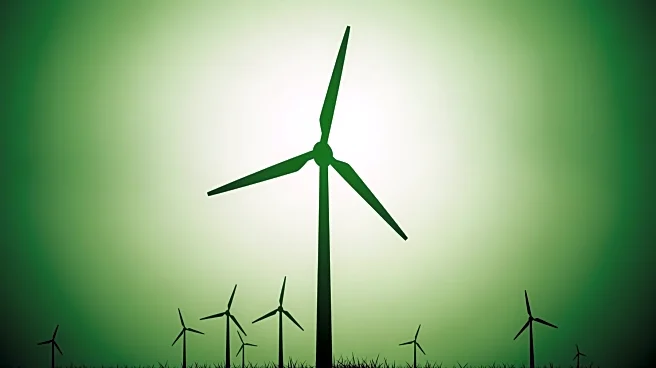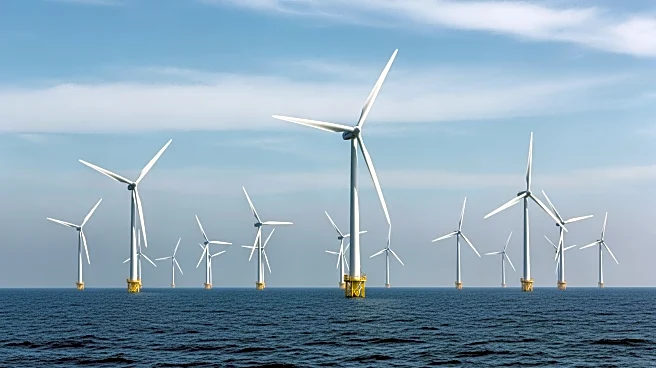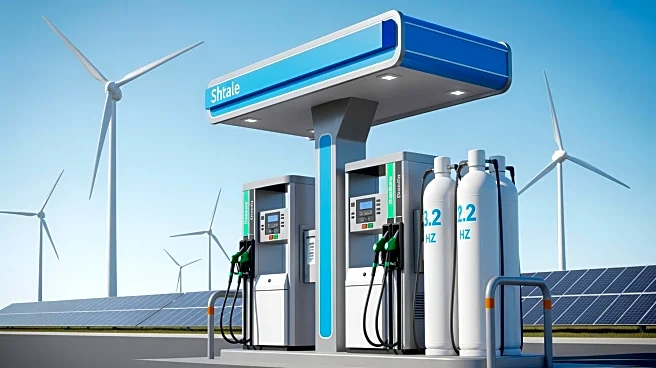What's Happening?
The European Investment Bank (EIB) has signed a €500 million green loan agreement with Iberdrola, supported by the Spanish export credit agency, Cesce. This funding is designated for the construction of the Windanker offshore wind farm in the German Baltic
Sea, which will have a capacity of 315 MW upon completion. The project aims to generate renewable electricity for approximately 600,000 people annually. The wind farm will utilize 21 Siemens Gamesa SG 14-236 DD turbines, each capable of producing up to 15 MW. Turbine installation is scheduled to begin in 2026, with full commissioning expected by the end of the same year. The construction phase is projected to create about 2,200 person-years of employment, while ongoing operations will require up to 160 skilled permanent jobs. The wind farm is expected to reduce carbon emissions by an estimated 672,000 tons of CO2 annually, contributing to Germany's goal of achieving an 80% renewable electricity share by 2030.
Why It's Important?
This development is significant as it represents a major step towards reducing reliance on fossil fuels and enhancing renewable energy capacity in Europe. The Windanker project is part of a broader effort to secure Europe's energy independence, particularly in light of recent geopolitical tensions and the rising costs of fossil fuel imports. The initiative aligns with Germany's renewable energy targets and supports the transition to a low-carbon economy. The investment in offshore wind power also highlights the potential for job creation and economic growth in the renewable energy sector. As Europe continues to face challenges related to energy security and climate change, projects like Windanker are crucial for sustainable development and environmental protection.
What's Next?
The Windanker offshore wind farm is set to begin turbine installation in 2026, with full commissioning by the end of the same year. As the project progresses, stakeholders will likely monitor its impact on local economies and energy markets. The success of Windanker could encourage further investments in offshore wind projects across Europe, particularly in regions with high wind power potential like the Baltic Sea. Additionally, the project may influence policy decisions related to renewable energy incentives and infrastructure development. As Germany and other European countries strive to meet their renewable energy targets, the Windanker project could serve as a model for future initiatives.
Beyond the Headlines
The Windanker project underscores the growing importance of offshore wind power in Europe's energy landscape. While onshore wind power remains a key component of Germany's renewable energy strategy, offshore projects offer unique advantages, such as higher capacity and reduced visual impact. The development of offshore wind farms also raises questions about environmental considerations, including the impact on marine ecosystems and biodiversity. As the industry expands, stakeholders must balance the benefits of renewable energy with the need to protect natural habitats. The Windanker project may also prompt discussions about the role of international cooperation in advancing renewable energy technologies and achieving climate goals.













